How to create a sensory garden
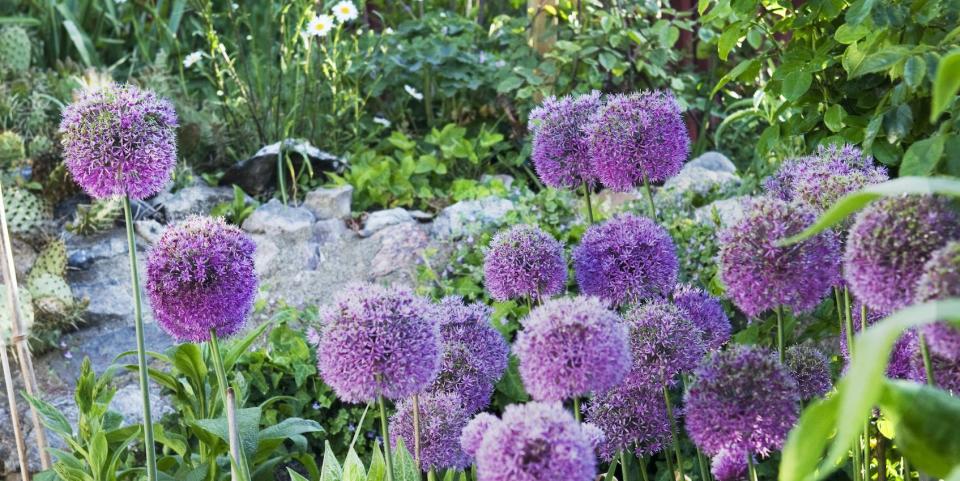
From the whisper of grass to the delicate scent of flowers, creating a sensory garden can be incredibly beneficial.
While it's certainly true that all gardens appeal to the senses in one way or another, you can always improve your space by adding sensory elements that truly activate sight, sound, touch, smell, and taste. Combined, this helps to create an immersive experience that can be calming, educational, uplifting or energising.
The RHS Hampton Court Palace Garden Festival included a new category for 2023, Sensory Pocket Gardens. Nature’s Captivating Cacophony designed by Isabel Devaney created sound through movement and by attracting wildlife, while Firedance designed by Xenia Moseley showcased a feast of warm colours and tactile perennials. Our favourite was Touching the Senses Garden designed by Jodie Chan, with breezy, sculptural grasses and colourful succulent balls layered on sand.
Increasingly gaining traction as a wellness trend, a sensory garden really does appeal to everyone, all while providing a safe haven for wildlife. It's also brilliant for children – it can trigger brand new neurological experiences which can have a positive impact on their development. Exposure to the numerous sights, smells, sounds and textures can improve their cognitive function and simultaneously create a safe, relaxing environment. Similarly, sensory gardens can have huge benefits for older people, those with learning disabilities, and those who struggle with their physical and mental health.
The Eden Project in Cornwall, Kew Gardens in London, and the National Botanic Garden of Wales in Camarthenshire are among some of the most famous sensory gardens in the UK. But when it comes to creating your own sensory garden, it doesn't need to be complicated. In fact, it's a rather therapeutic process.

'Sensory gardens provide a great deal of physical and mental benefits for different people and purposes,' says Sean McMenemy, wildlife expert and founder of bird food provider Ark Wildlife. 'From getting vitamin D from sunlight to improving physical fitness by maintaining a garden, there are several physical benefits. Mentally, you can benefit from a mood boost and relaxation by spending time surrounded by calming stimulation.'
The most important thing is to ensure that your outside space engages all five senses, however big or small. If you are limited by space, you can still create a mini sensory garden with colourful, sweet-smelling flowers and edible plants on a balcony, or even just a window ledge, giving you all the benefits and satisfaction of an outdoor garden.
Keep reading for tips on creating your own sensory garden at home...
1. Sight
A sensory garden can be anything from a window box to your entire outdoor space. The key here is to ensure that it's a visually stimulating area, so pick plants that vary in shape, size and colour. Tulips, alliums, dahlias, buddleia, foxgloves, delphinums, globe thistle and pelargoniums, for example, are a feast for the eyes, alongside native wildflowers like marigolds or poppies.
If you don't have a large lawn, create a vibrant mini garden using raised planters or colourful pots on a patio or balcony.
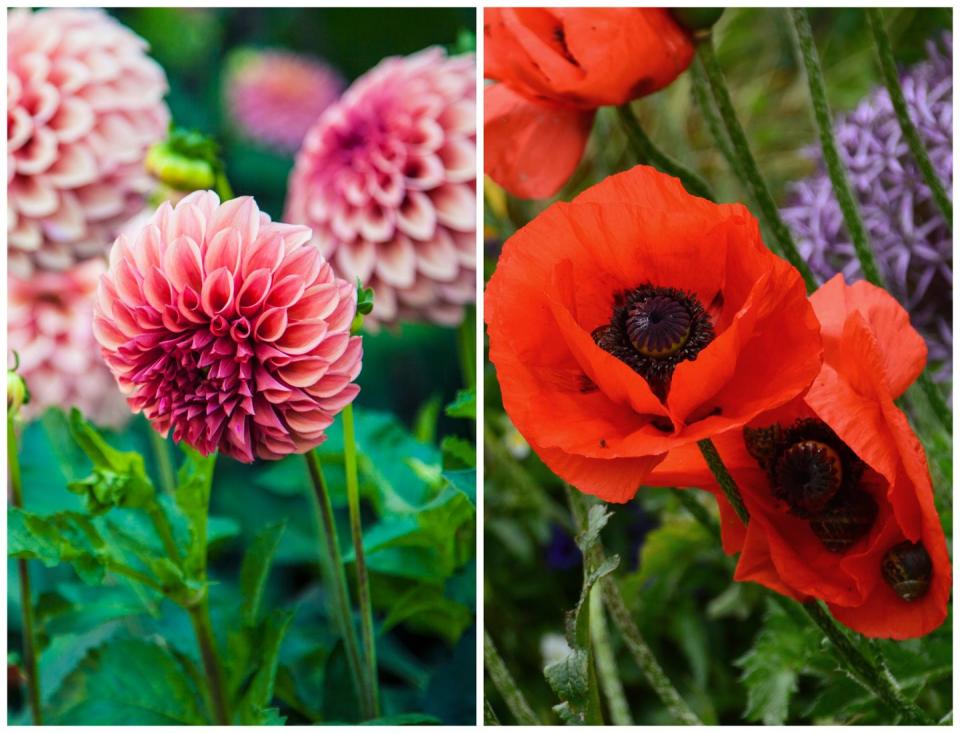
2. Touch
While colour plays a key role in the garden, we often forget about the importance of texture when creating an inviting outdoor space. Vital for any sensory garden, think about a children's play area with a sand pit, a small fountain trickling with water, the weave of a rattan garden sofa, and the soft touch of a garden cushion.
The texture of plants can be as important as their colour and shape too. When it comes to plants and shrubs, lamb's ear, cool moss and grasses have very soft surfaces, while tree bark is coarse in comparison.
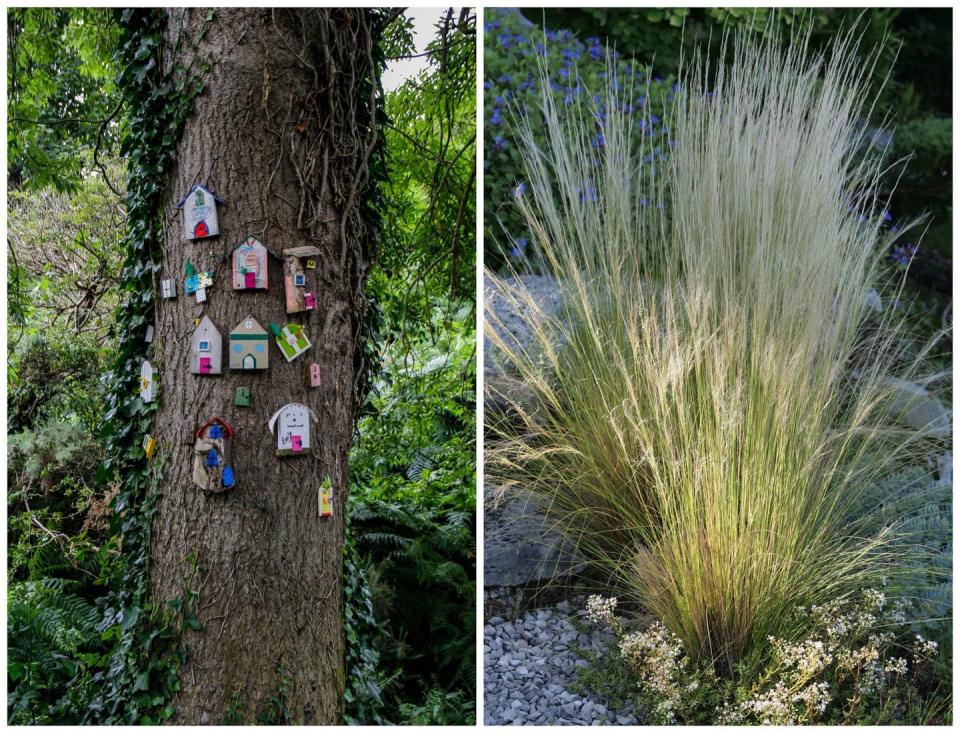
3. Smell
Scents evoke strong memories, transporting us to a time and place, so scented flowers are key to a successful sensory garden. Opt for aromatic plants like honeysuckle and roses, alongside herbs like lavender, rosemary, thyme, sage, mint and chives, the latter of which has a mild onion scent and taste. Fragrant flowers will attract bees, butterflies and other pollinators to your garden, so it'll give you something to observe while helping nature to thrive.
Fragrant flowers can also aid in creating a space for reflection or meditation; as you take deep breaths, inhale the scents of your garden to feel truly at one with nature.
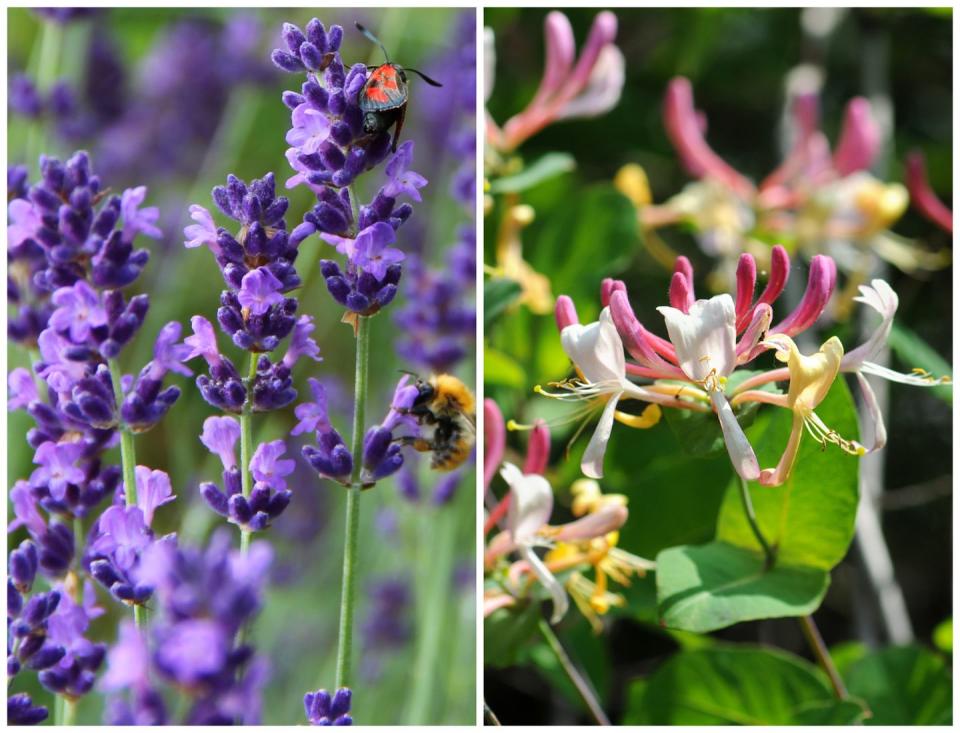
4. Sound
From birds tweeting and the far-off buzz of a bee, to the soothing sounds of a water fountain and the whisper of grass or leaves, sound is an important dimension of a sensory garden.
It might seem challenging to plant with the sense of sound in mind, but there are lots of ways you can achieve this. A few plants to get your hands on include beautiful love-in-a-mist (the large seed heads gently rattle in the breeze), brizia, also known as 'quaking grass', shakes in the slightest wind, and pheasant's tail grass is a colourful evergreen perfect for creating a year-round rustling sound.
Small trickling water features and hanging bamboo chimes are other wonderful ways to bring your garden to life and stimulate the senses.
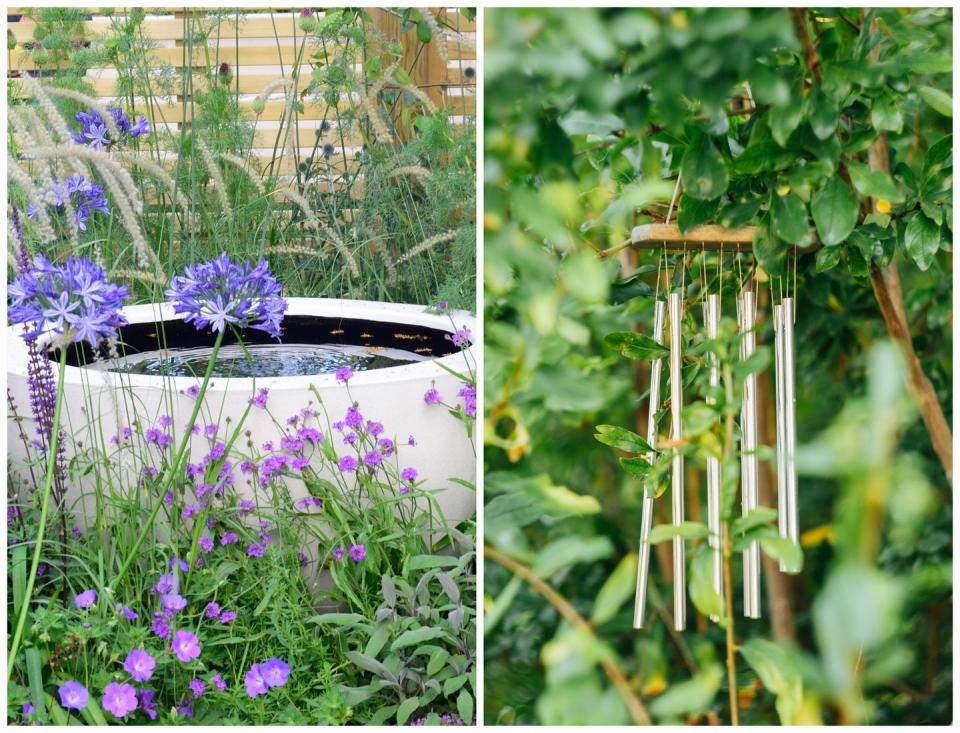
5. Taste
Edible flowers, fruits and herbs will entice the taste buds, while your own veg patch will provide a bounty of fresh (and sustainable) produce. Strawberries and tomatoes, alongside herbs like mint, parsley, sage and thyme are all good choices.
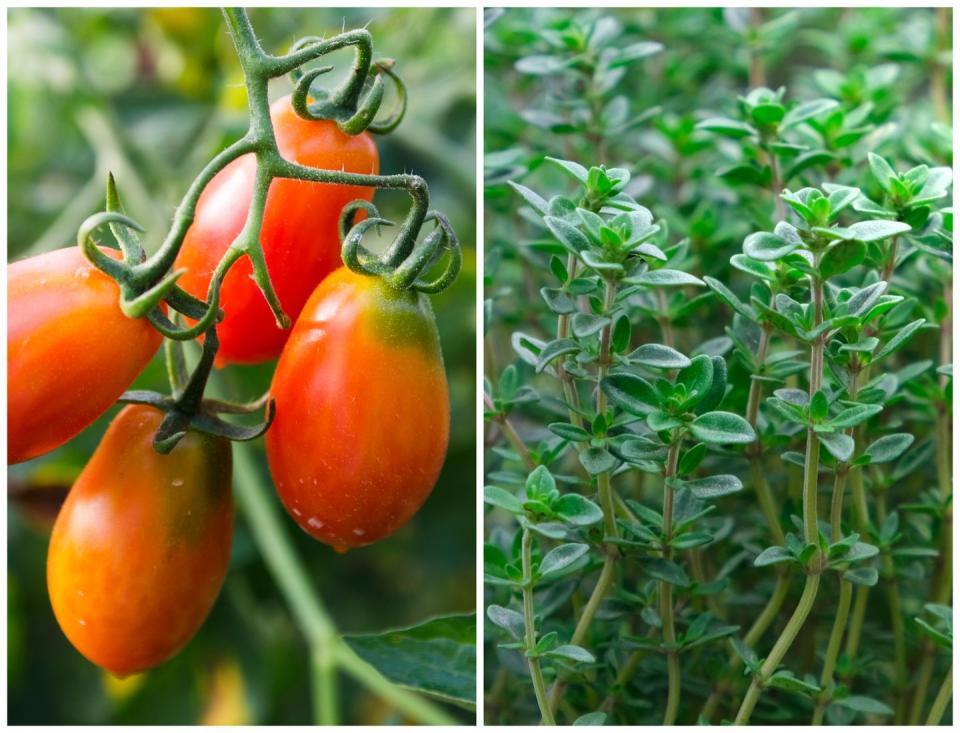
Follow House Beautiful on TikTok and Instagram.
You Might Also Like

 Yahoo Finance
Yahoo Finance 
